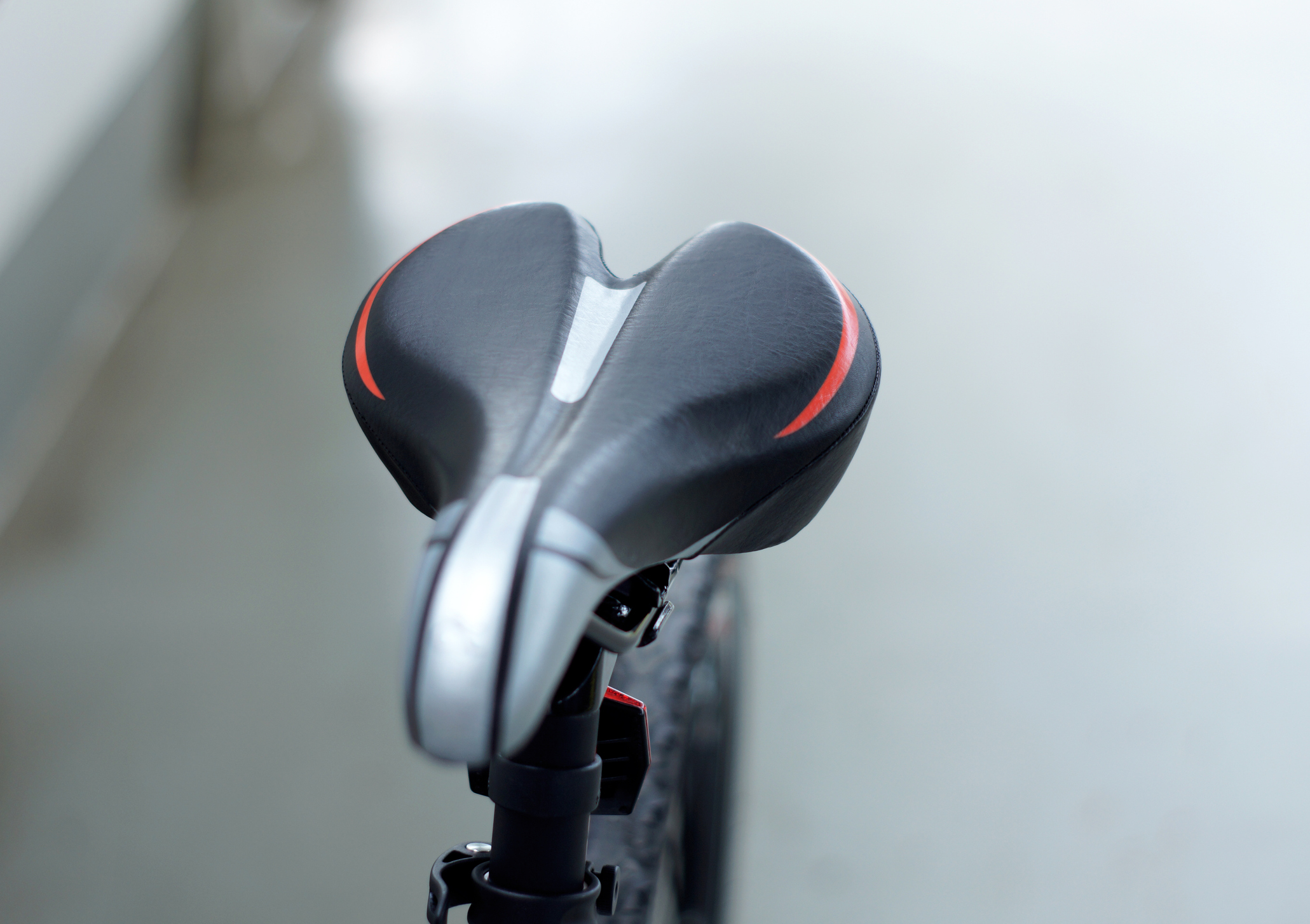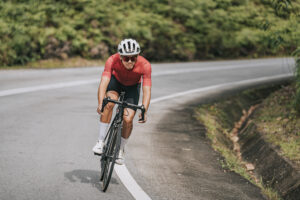Selecting the right bike seat, or saddle, is a critical decision that can significantly impact your cycling experience. Whether a casual rider or a dedicated cyclist, a well-fitting saddle can make your rides more enjoyable and comfortable. However, with the many available options, finding the ideal bike seat can take time and effort. Here, we’ll guide you through five essential factors to consider when choosing a good bike seat, ensuring that your rides are pain-free and pleasurable.
Understand Your Riding Style
Different riding styles require different types of bike seats. Are you a road cyclist, a mountain biker, a commuter, or a leisure rider? Each style places varying demands on your body and requires specific saddle features. For instance, road cyclists adopting a forward-leaning posture generally benefit from narrow, lightweight saddles that minimize friction. On the other hand, mountain bikers might prefer wider saddles with added cushioning to absorb shocks from uneven terrain. Understanding your riding style is the first step in narrowing your saddle options.
Consider Your Body Anatomy
The anatomy of your body, particularly your sit bones, plays a pivotal role in saddle selection. Measuring your sit bone width helps determine the appropriate saddle width. Many bike shops offer sit bone measurement services, or you can do it at home using DIY methods. Choosing a saddle with the right width prevents discomfort and chafing by properly supporting your sit bones. Moreover, some saddles are designed to accommodate different riding positions, so your flexibility and riding posture are equally important.
Test and Try Before You Buy
Before committing to a bike seat, it’s essential to test it out. Many bike shops provide demo saddles that you can try on your bike. This hands-on experience lets you feel how the saddle interacts with your body during riding. A comfortable bike seat should provide adequate support without causing pressure points or numbness. Consider the saddle’s shape and contour – a slight curve or groove down the center can alleviate pressure on sensitive areas.
Material and Padding
The materials used in saddle construction can greatly influence your comfort level. Most modern saddles feature synthetic materials that are durable and weather-resistant. Additionally, the amount and type of padding can impact your comfort. While heavily padded saddles might seem comfortable initially, they can compress over time and lead to discomfort on longer rides. Opt for a balance between padding and support, and consider saddle designs that incorporate flexible materials to adapt to your body’s movements.
Set a Realistic Budget
Bike seats come in a wide price range, and while it can be tempting to go for the most expensive option, it’s important to set a budget that aligns with your needs. High-end saddles often feature advanced materials and ergonomic designs, but there are also mid-range options that offer excellent comfort. Finding the right balance between quality and budget can lead you to a saddle that suits your requirements without breaking the bank.
Selecting the perfect bike seat involves understanding your riding style, considering your body anatomy, testing the saddle, evaluating its materials and padding, and setting a reasonable budget. Your comfort and enjoyment while cycling depends significantly on this choice, making it a decision worth investing your time and effort.
Share this post:



